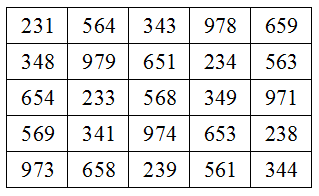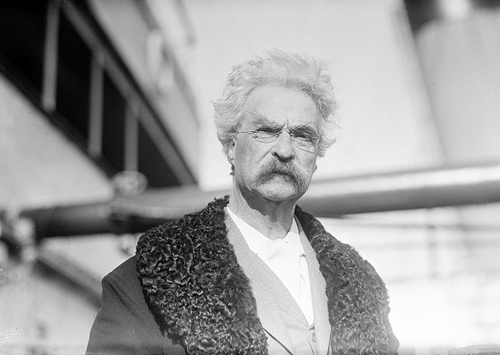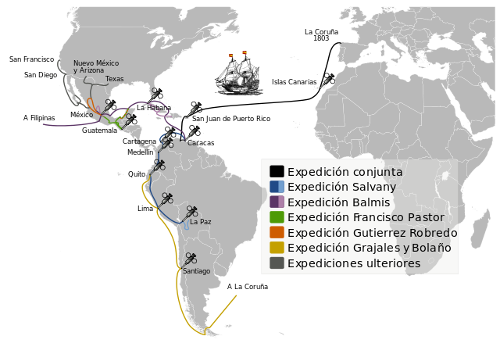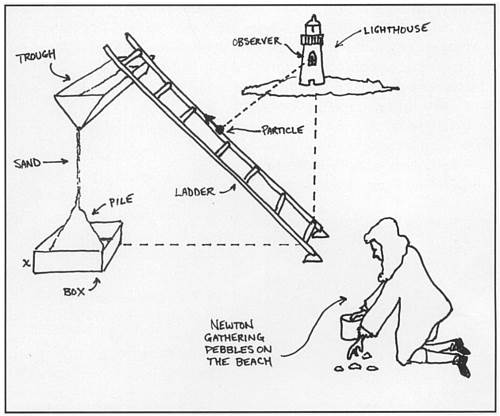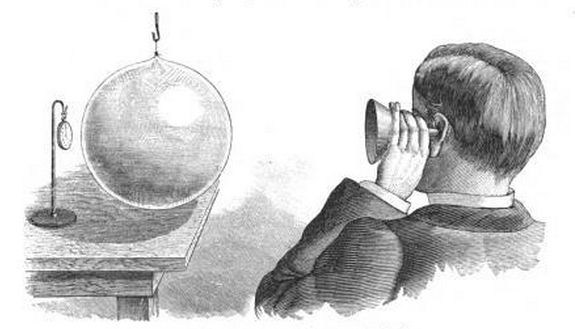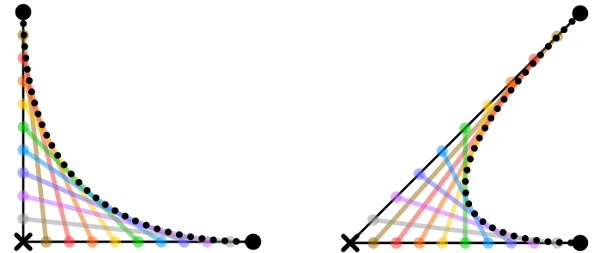A flock of starlings masses near sunset over Gretna Green in Scotland, preparatory to roosting after a day’s foraging. The flock’s shape has a mesmerisingly fluid quality, flowing, stretching, rippling, and merging with itself. Similarly massive flocks form over Rome and over the marshlands of western Denmark, where more than a million migrating starlings form an enormous display known as the “black sun.”
What rules produce this behavior? In the 1970s scientists thought that the birds might be following an electrostatic field produced by the leader. Earler, in the 1930s, one paper even suggested that they use thought transference.
But in 1986 computer graphics expert Craig Reynolds found that he could create a lifelike virtual flock (below) using a surprisingly simple set of rules: direct each bird to avoid crowding nearby flockmates, steer toward the average heading of nearby flockmates, and move toward the center of mass of nearby flockmates.
Studies with real birds seem to bear this out: Under rules like these a flock can react sensitively to a change in direction by any of its members, permitting the whole group to respond efficiently as one organism. “News of a predator’s approach can be communicated rapidly through the flock by whichever of the hundreds of birds on the outside notice it first,” writes Gavin Pretor-Pinney in The Wavewatcher’s Companion. “When under attack by a peregrine falcon, for instance, starling flocks will contract into a ball and then peel away in a ribbon to distract and confuse the predator.”

